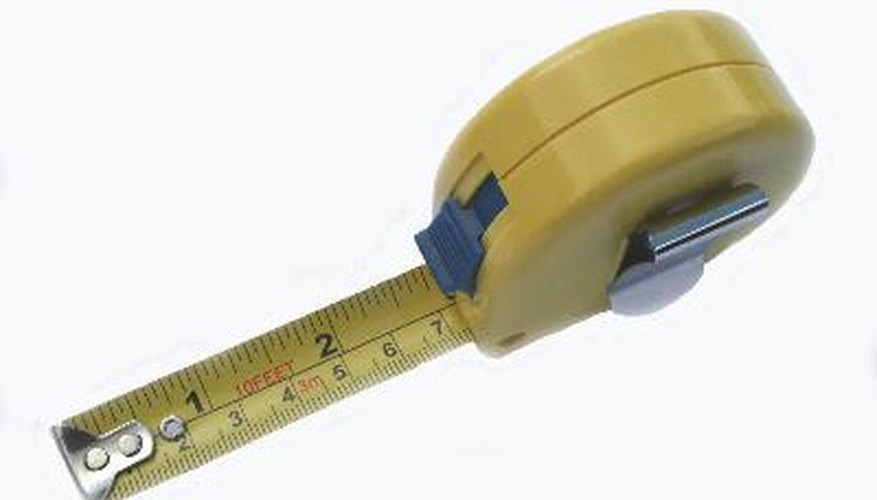An inline fan functions much like a ceiling exhaust fan. Fan blades are mounted to a motor, which is enclosed in a housing unit with an exhaust outlet on the side. A vent pipe is attached to the exhaust unit and routed to an outside wall or through the roof. The primary purpose of exhaust inline fans is to push stale air, musty odours and excessive moisture out of interior spaces, such as bathrooms, kitchens, basements or attics. Inline fans are also used to provide ventilation. Booster inline fans are used to supplement the effectiveness of dryer and heating vents.
Building codes
Before installing an inline fan, make sure that you know what the building codes are for the installation of exhaust fans. Talk with the building inspector about the specific requirements for the installation of inline fans, including the duct size, length of runs and electrical installation. You may be required to get planing permission before you can start the job.
Installation tips
Inline fans can be installed in just about any location, including attics, basements, and wall cavities and between floors. The best location for an inline fan is in close proximity to the main exhaust port. If you are installing the fan for the purpose of venting a single bathroom, the optimal location for the port/grille is between the toilet and the shower.
To vent the bathroom without the requisite noise associated with the typical bathroom exhaust fan, place the inline fan in the duct a minimum of 2.4 m (8 feet) from the exhaust grille. If the bathroom is especially large, you can install two exhaust ports and situate the inline fan at an equal distance between the two ports.
Generally, inline fans are vented with flexible duct, even though flexible pipe has a higher resistance to airflow. Flexible pipe makes it an easier job to install lines for multiple ports and ensure that the grille pressures are equally balanced.
Many people install inline fans to eliminate the noise associated with exhaust fans. Flexible ductwork also has better sound-deadening attributes compared with rigid metal vent pipe. You can reduce the noise even further by installing suspension devices. The suspension attachments can minimise vibration noise.
Insulate the vent pipe to reduce condensation inside of the duct. Condensation not only effects indoor air quality, but can actually damage the ductwork the unit’s motor. To prevent water damage to the inline fan, consider installing a condensate drain line, which will drain excessive moisture away from the fan motor.
- Inline fans can be installed in just about any location, including attics, basements, and wall cavities and between floors.
- To prevent water damage to the inline fan, consider installing a condensate drain line, which will drain excessive moisture away from the fan motor.
Put a timer of the inline fan so that it shuts off automatically. Since the fan operates quietly, you can easily forget that the fan is in operation.
Prevent back drafts by installing a damper. You can install the damper on the interior grilles or on the exterior wall or roof cap.
